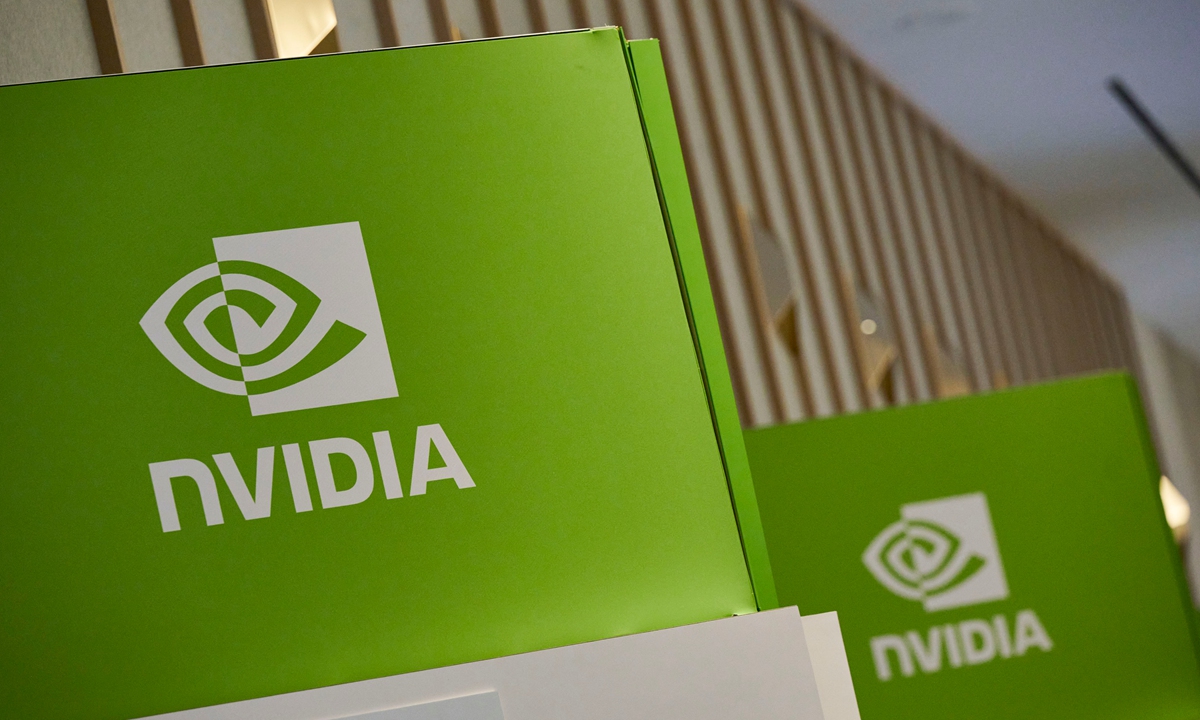
GT Voice: What future does Nvidia face under the ‘small yard, high fence’ policy?
- 16.03.2025 16:02
- globaltimes.cn
- Keywords: AI, Market Growth
Nvidia faces uncertainty at its GTC conference as investors worry about U.S. restrictions. The "small yard, high fence" policy may hinder AI and chip industry collaboration globally.